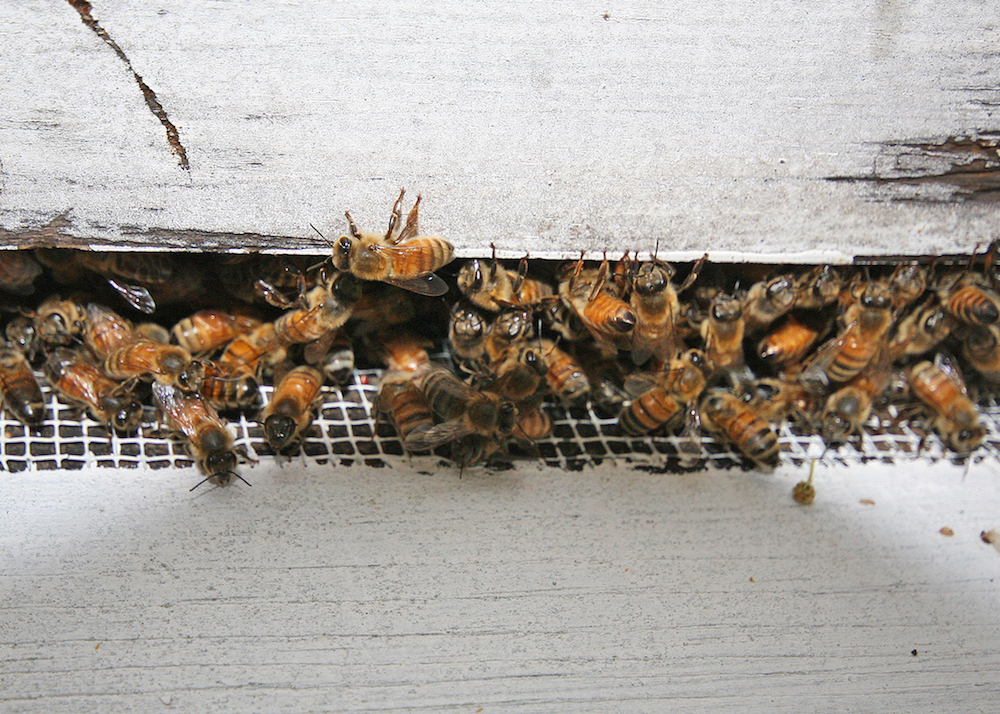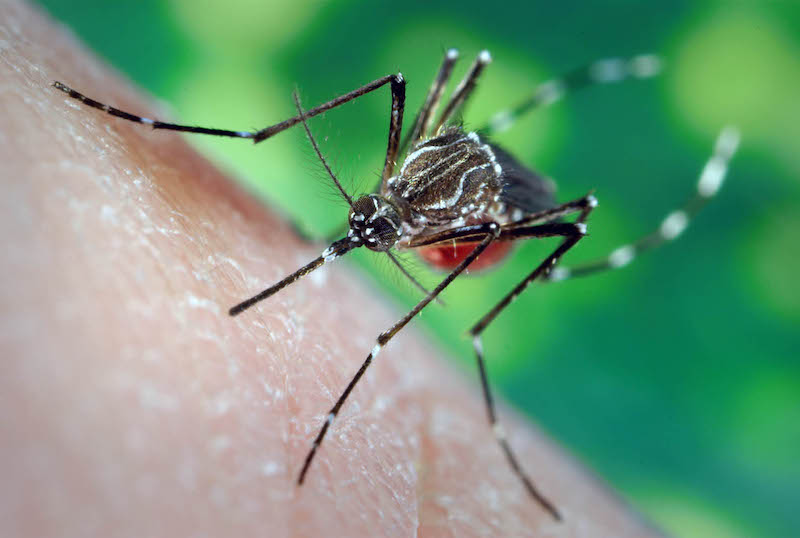 CAES News
CAES News
Bee Institute Anniversary
For more than two decades, beekeepers from across the Southeast and beyond have come together each spring in the north Georgia mountains to talk bees, learn from each other and hobnob with some of the most renowned bee experts in the world.





